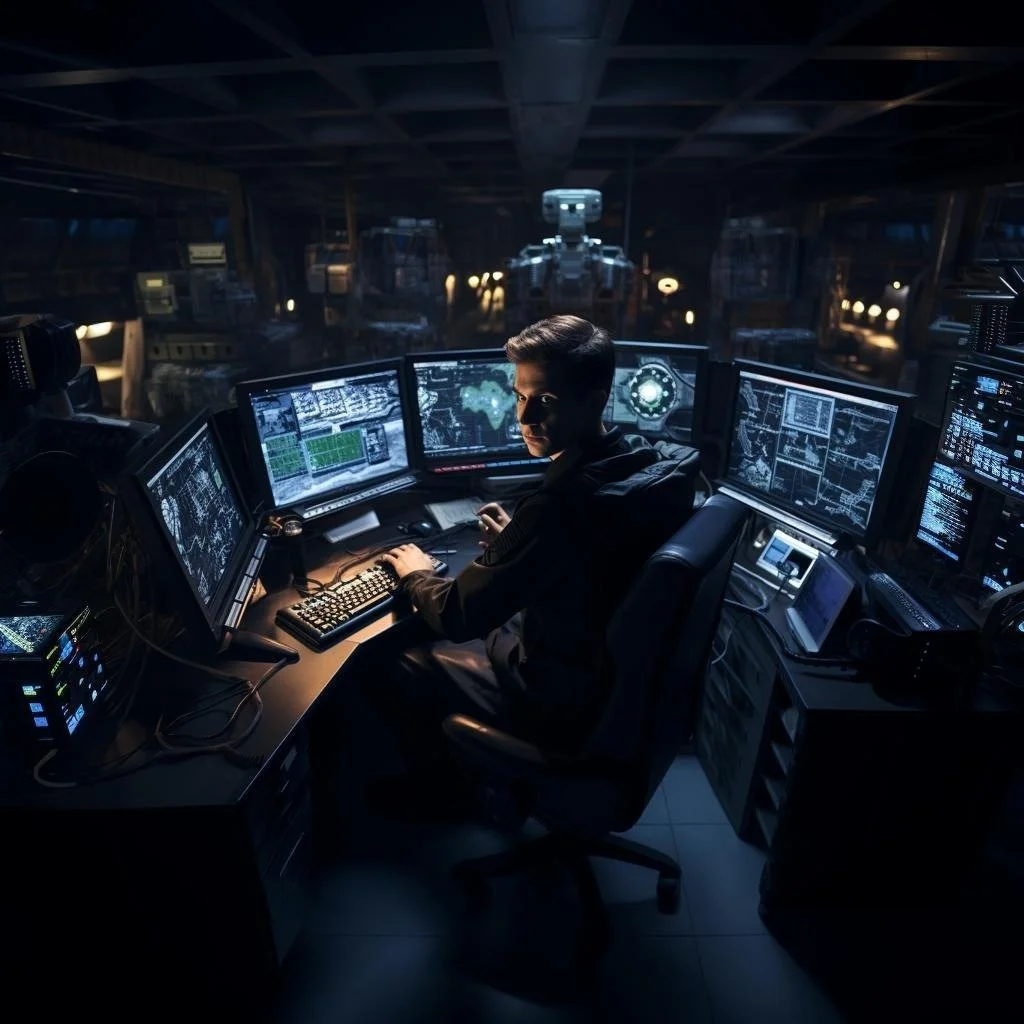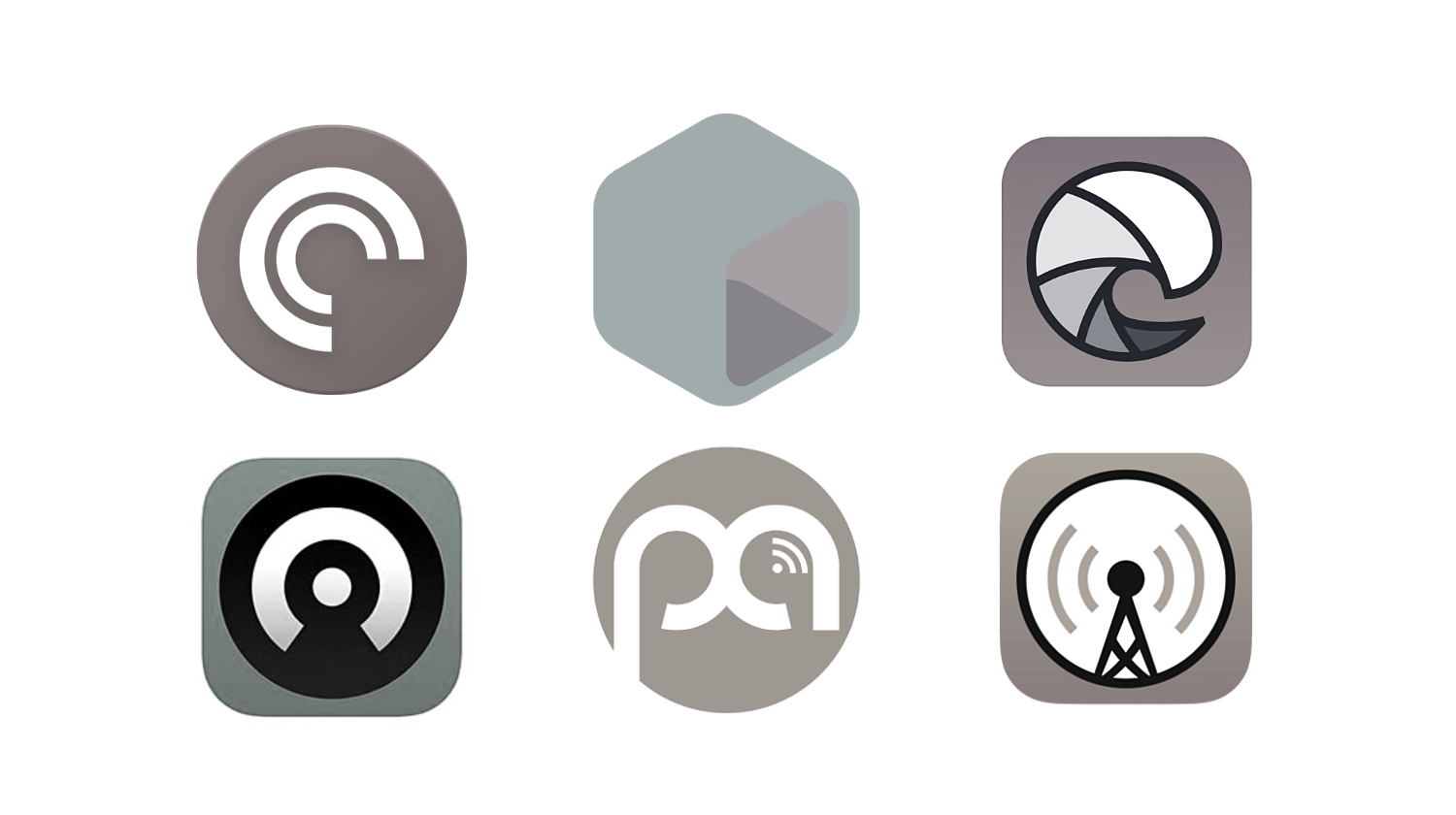A cautionary tale and a call to action for the digital age as we reimagine—perhaps even redefine—the relationship between technology and talent in cybersecurity
Let TAPE3 read this edition of the newsletter to you 🎧 🤖 ⇩
In a not-so-distant future saturated with the promises of automation and Artificial Intelligence, the world witnessed an irony so striking it couldn't be ignored: the technology meant to augment human productivity had instead cultivated a crisis in the very jobs it was designed to assist.
Jack sat in his cubicle within the labyrinthine Security Operations Center (SOC) of your favorite company, surrounded by an arsenal of advanced machine-learning tools. But his eyes were bloodshot, strained from hours of sifting through endless lines of logs, alerts, threat intel feeds, and code. The AI algorithms flashing on his screen—once considered allies in data analysis—had become taskmasters, churning out suggestions at a pace too relentless for human endurance. His colleagues were equally buried in their monitors, nodding at the AI-generated recommendations that were meant to assist but often only added to their burdens. As burnout and job dissatisfaction reached critical mass, the question became unavoidable: Had the drive for technological innovation unintentionally sabotaged the human workforce it was supposed to empower?
The room went quiet when Lisa, the lead SOC analyst, stood up. "Folks, we need to talk," she said. The faces turned to her were wary but attentive. "We've been losing analysts left and right, people are overworked, and we're not even given the basic respect or compensation we deserve. I think it's time we take a stand."
A ripple of agreement ran through the room. There were no unions in this industry; at least, not yet. The fear of job loss to AI, coupled with the relentless demand on their time and skills, had pushed them to a breaking point. Social media was already buzzing with rumblings from SOC analysts across the globe. The hashtag #SOCUnite was trending, evidence of a collective dissatisfaction bubbling beneath the surface.
Days turned into weeks, and negotiations between the SOC analysts and the management team at your favorite business reached a stalemate. A hard decision was made. A first-of-its-kind strike of SOC analysts commenced, not just at your favorite business but at multiple SOCs worldwide.
The impact was immediate and chilling. Companies large and small, for and non-profit, startups and established—they all found themselves exposed to an array of cyber threats. External agencies were pulled in to help deal with these threats, but they were overwhelmed by the sheer volume of alerts and the lack of intimate knowledge of the systems they were hired to protect. Smaller businesses that couldn't afford external help saw immediate breaches: ransomware attacks, data theft, and more. The social fabric was frayed; trust in online systems plummeted. People reverted to offline transactions, even pulling their life savings out of online accounts.
However, it wasn't all bleak. The strike awakened a realization of just how crucial human expertise is in the age of advanced technology and cybersecurity. Governments and organizations began to consider the limitations of AI, which, although advanced, couldn't yet replicate the nuanced understanding that humans brought to the table. AI could filter and prioritize alerts, but it could not understand the ethics or the larger societal implications of a false positive or negative—something that a human analyst could.
Amidst the chaos, some fascinating adaptations emerged. Neighborhood communities started to set up local servers, guarded by volunteers with some IT knowledge, to secure their local networks. People grew more aware of personal cybersecurity hygiene. Even schools started including more cybersecurity ethics and basic training in their curricula. At the peak of the crisis, humanity turned to localized and personal solutions, becoming more resilient in the face of systemic failure.
After weeks of disruption, with the social and economic costs mounting, the strike came to an end. The SOC analysts had made their point. Better working conditions, improved compensation, and a renewed focus on human-centric technology were some of the agreements reached. The event served as a wake-up call for society, making it evident that the optimal synergy between humans and technology isn't one where the former is subjugated but one where both co-exist in a mutually beneficial ecosystem.
So, what can we learn from this fictional scenario?
Spotting the Potential: Companies and governments should actively monitor the well-being of their SOC analysts and take their complaints seriously. AI can assist by analyzing employee satisfaction and performance metrics to forecast any upcoming disruptions.
What to Do: In the event of such a strike, the immediate focus should be on emergency response. Utilizing external agencies and setting up temporary systems for essential services should be a priority.
Personal Experience: On the individual level, be prepared. Basic cybersecurity hygiene is not just a nice-to-have but a must-have. Remember that as we delegate more of our lives to digital platforms, our personal stakes in cybersecurity are higher than ever.
As for the SOC analysts, they returned to work with a newfound sense of purpose and respect, both for themselves and from society. Technology had advanced, yes, but it had not replaced the irreplaceable—the human.
The strike, a manifestation of a dystopian fear, transformed into a catalyst for change. It reminded us that the human element remains invaluable even in a world increasingly run by algorithms and data. And that human hands still hold the loom in the seamless weave of ones and zeros.
It is a story that challenges us all—especially those in IT and cybersecurity—to consider the social contract we have with technology and with each other. It urges us to reflect on the balance between human and machine, not as a scale where one side must be outweighed for the other to triumph, but as a delicate dance, choreographed in real-time, where each step is a choice that shapes our collective future.
This article represents the results of an interactive collaboration between Human Cognition and Artificial Intelligence.
Sincerely, Sean Martin and TAPE3
Enjoy, think, share with others, and subscribe to "The Future of Cybersecurity" Newsletter.
Want to comment on this topic, you can connect with Sean and the community in this LinkedIn post: https://www.linkedin.com/pulse/soc-analyst-strike-can-balance-restored-between-humans-sean-martin
Sean Martin is the host of the Redefining CyberSecurity Podcast, part of the ITSPmagazine Podcast Network—which he co-founded with his good friend Marco Ciappelli—where you may just find some of these topics being discussed.
Or, visit Sean’s personal website.






